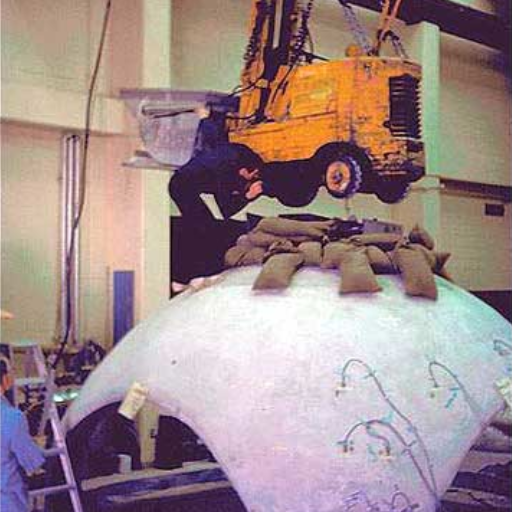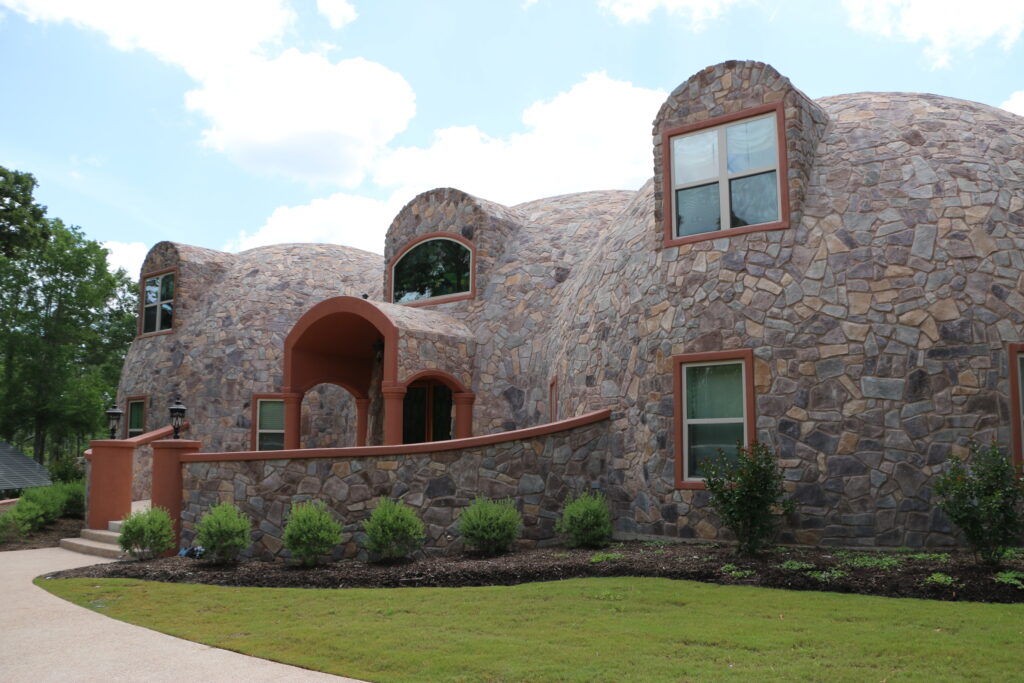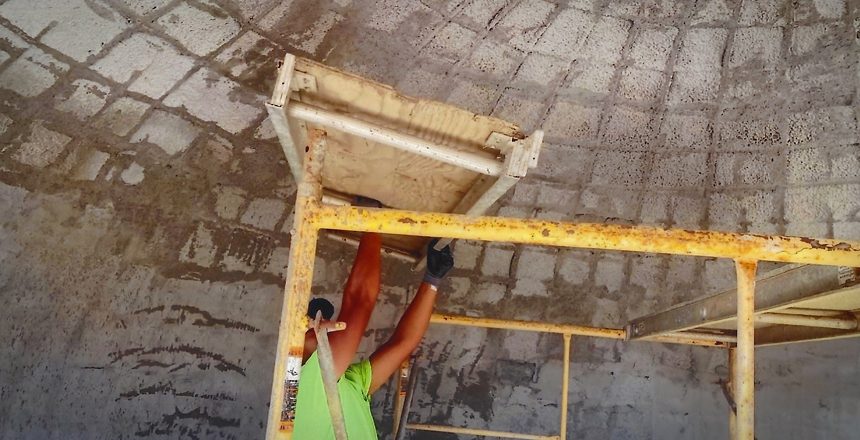The strength of concrete domes is unrivaled by almost any manmade structure today. And that strength comes with more than just the benefit of safety. How do concrete domes accomplish all these benefits?
How the Strength of Concrete Domes Might Save Your Life One Day
Concrete domes are some of the most durable structures humans are capable of building. These egg-shaped structures are especially resilient due to their special weight distributing properties. They are airtight, which protects from the elements, and being made of rebar-reinforced concrete—one of the strongest building materials available—they prove to be formidable structures.
The Power Of A Dome
Dome structures distribute weight across their entire surface. This is different from regular homes. When a traditional rectangular structure experiences trauma from a natural or manmade disaster, it absorbs all the pressure at the impact site. The full force of the trauma hits a single spot on the building, causing it to collapse or crumple at the place of impact.
By comparison, a concrete dome that experiences the same trauma distributes the pressure throughout the dome’s entire surface, keeping the impact site from experiencing significant damage. That’s how the strength of concrete domes allows them to withstand most extreme disasters while other houses around them would most likely be destroyed.

Domes and FEMA Requirements
A concrete dome fulfills all the FEMA requirements of an official “safe room.” Which means it provides “near-absolute protection” against extreme wind events. While a tornado can create as much as 404 pounds per square foot of pressure, the inherent strength of concrete domes can withstand 1 ton per square foot of pressure.
During the disastrous events of Hurricane Katrina in 2005, several concrete dome homes in Florida survived the same direct hit from the storm that obliterated their traditional counterparts.
In 2003, a government dome in Iraq experienced a direct hit from a 5,000 lb bomb. The interior and surrounding areas were destroyed, but the dome remained standing.
Domes vs the Elements
Traditional homes have to deal with weather and pests in a way that concrete domes don’t.
Dome homes are resistant to mold, rot, termites, and other bugs because of their airtight nature. Earthquake simulations have shown that the nature of a dome shape makes it virtually earthquake proof.
Except for mild charring, many dome homes were left untouched during the wildfires that terrorized Oklahoma and Texas in 2005 and 2006.
Concrete handles water and snow way better than wood and other traditional building materials, and the dome shape causes precipitation to run right off the sides. That means no collapsing roofs in severe snowstorms, yet another testament to the strength of concrete domes.
Not only do concrete dome structures handle these external variables, they also provide almost complete internal climate control. They are easy—and inexpensive—to heat and cool, and the incredible insulation used in dome construction provides a barrier from extreme external temperatures that might result from severe weather.
The Refuge Of A Dome Home
Building a dome structure can significantly increase the chances that you and your family will survive disasters of all kinds, including civil unrest. However unlikely a scenario it may seem where we live, concrete domes are resistant to bullets and other projectiles.
Domes are incredible grow rooms because of their internal climate control. They enable people worldwide to increase self-sufficiency by growing food year-round, which could prove life-saving in the event of societal collapse.

Whether you want a dome as a permanent home or a safe house in your backyard, concrete domes are cost-effective solutions for safety from the unknown.
Brooks Construction has been leading the way in concrete construction since 1946. We’ve been voted Local Best in Concrete Construction since 2005. Now, we are excited to apply our expertise in concrete construction to building new concrete domes throughout our region.
If you think a concrete dome is right for you, or if you’d simply like to know more, contact us today for a tour of our demo concrete dome, located in Sioux Falls, South Dakota.



